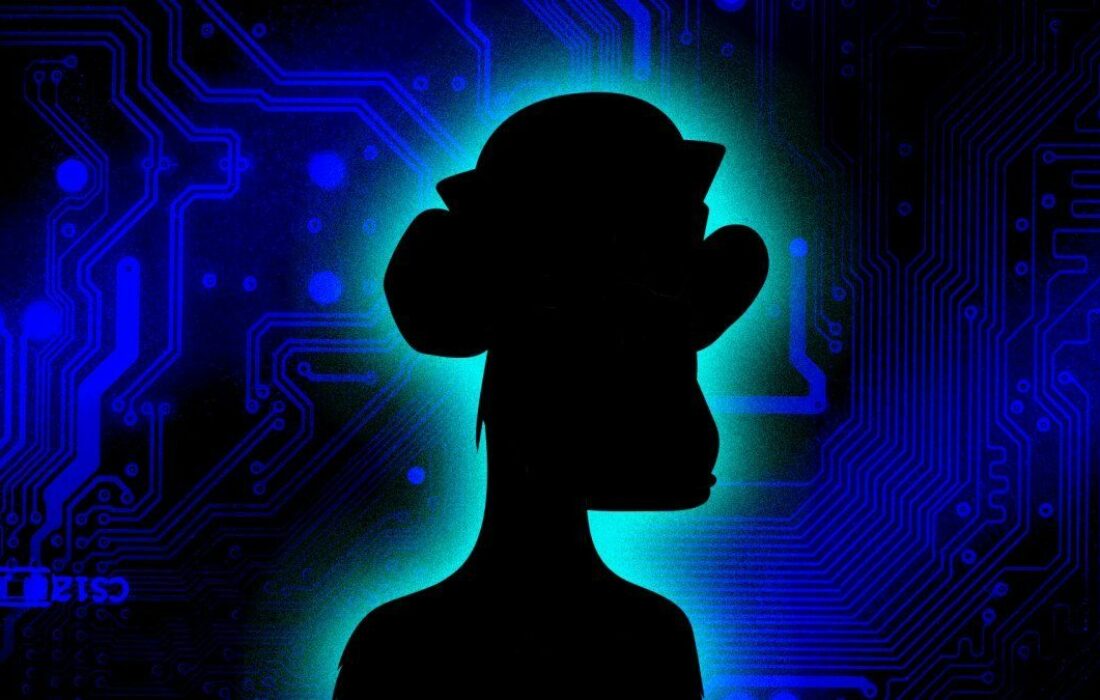Google has recently unveiled its new Monk Skin Tone Scale, representing a diverse scale of new skin tones that will go into developing its artificial intelligence systems.
Named after Harvard University professor Dr. Ellis Monk, the new set of 10 skin tones will replace the outdated skin tone scale which has a bias towards paler skins, improving products like search and photos.
Before the Monk Skin Tone Scale, the most widely used system was the Fitzpatrick Scale, which was put together in 1975 for the purpose of classifying the response of six different skin types to ultraviolet light.
The Fitzpatrick Scale was used to train machine learning technology to recognize a wide range of people to perform functions like unlocking a user’s phone or categorizing their photos automatically. It is also used to measure whether things like facial recognition systems or smartwatch heart-rate sensors work as well across all skin tones.
The model has since become outdated, simply because it’s not diverse enough. “If you’re saying, I tested my model for fairness to make sure it works well for darker skin tones, but you’re using a scale that doesn’t represent most people with those skin tones, you don’t know how well it actually works,” says Google AI expert Xango Eyeé.
Since its announcement in early May, the Monk Skin Tone Scale has been used to filter results in Google searches in preparation for adoption across all its products. Google has also open-sourced the Monk Skin Tone Scale classification system in the hope that it could eventually replace the skin tone scales used today.
If you see something out of place or would like to contribute to this story, check out our Ethics and Policy section.














